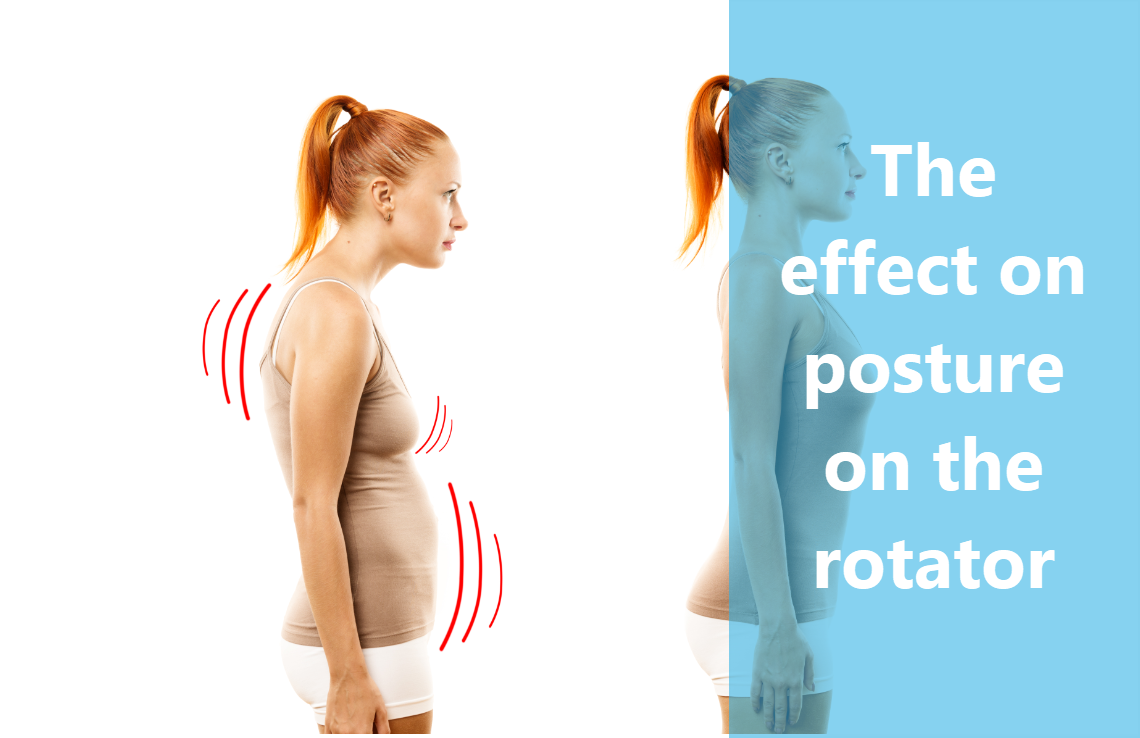 I have talked about how posture can affect the function of the shoulders. I have also made a video on how you can feel this yourself by simply rounding the shoulders and lifting your arms and then trying the same thing with 'good posture' and see how different it feels. If you haven't watched the 1min video, you can watch it below. For those of you that like stats, I was shown some research that shows just how dramatic the effect of posture can be on your risk of a rotator cuff injury. It is quite eye opening. Continue reading to see what they found out. Here is our follow up to the passive hanging video. In this one we show you how to turn a passive hang into an active hang. Try it out and let me know what you think. If you have a sore upper back or shoulders and would like a check up, feel free to contact me and we can find a time to get you assessed. 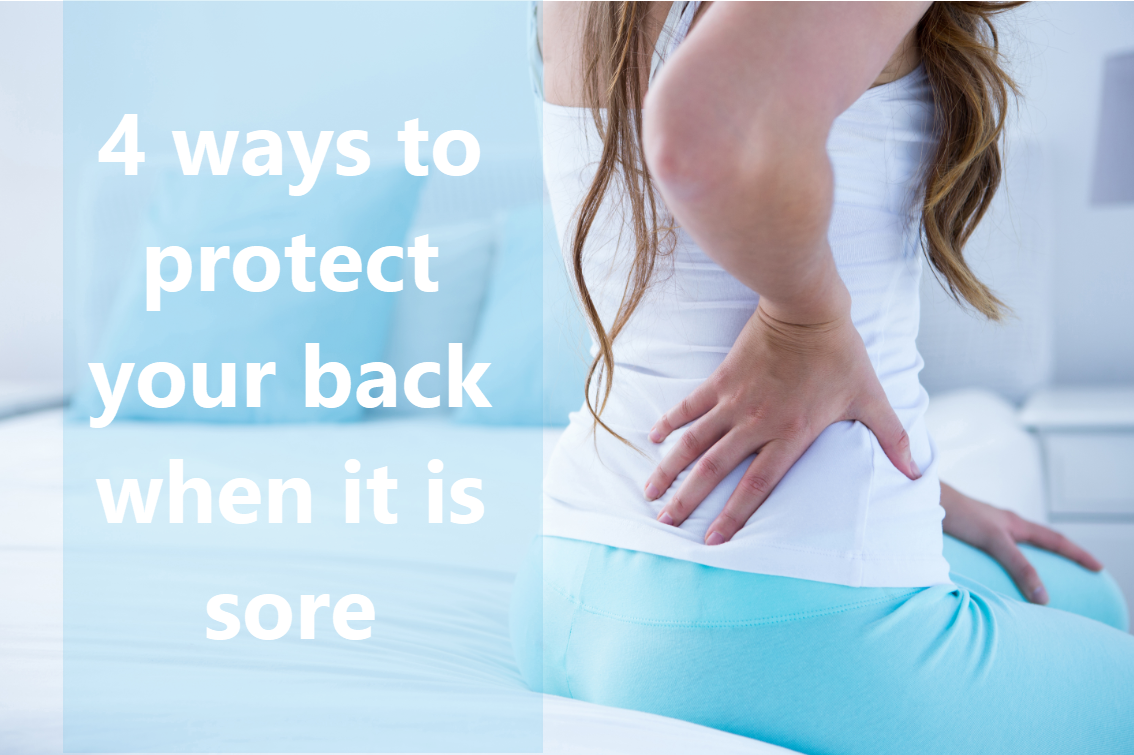 Back pain is very common and most people will experience it at some stage in their life. When your back is sore, it can make normal daily activities difficult and painful. In this post I will show you how to get our bed, how to get up off of the toilet, how to put on shoes and how to get up off of the ground when you have a sore back. Each of these 4 activities are relatively easy when you are feeling good, but if you are sore, they can be quite painful. Hopefully these simple tips will be useful and give you some relief if you are currently struggling with back pain. In this video I show 3 simple exercises to help improve your posture. If you have 'poor posture' chances are you have weakness in your mid back. This is why you get tired quickly when someone gets you to 'sit up straight'. The muscles in your mid back and shoulders have weakened since they have not been used properly. These exercises are designed to help strengthen those muscles so that you can maintain a better posture for longer and ultimately get less back and neck pain. This video is a follow on from my previous video on the 'Bruggers Relief Position'. If you haven't seen it, you can watch it here. NOTE: If you have any pain with these exercises, please stop and consult your medical/exercise professional.
I have just finished my latest video showing 2 simple tips to help reduce the strain on the neck and shoulders when using a computer. They are very simple, but can a make a world of difference. See how your workstation compares. The static back position, also referred to as the 90/90 position is something that I show almost everyone that comes into see me in practice. It is a great postural reset and works for all areas of the back. In this post I will show you how to do it with a few progressions and regressions. Continue reading to see how to do it.
Back pain is a very common problem that a majority of people will face at some point in their lives. The big question is, if I have back pain, what can I do to help fix it? The American College of Physicians recently issued updated their treatment guidelines for acute, sub-acute and chronic lower back pain, side-stepping medication as a first-line treatment and recommending non-drug therapies instead. It is suggested that painkillers should be the last resort. So what are these non-drug therapies they suggest? Continue reading to see what the guidelines suggest.
|
Dr Craig BuscombBringing you news, research and advice on health, wellness, exercise and chiropractic care to help take your health to the next level Archives
July 2024
Categories
All
It's what you do everyday that impacts your health, not what you do sometimes. |
|
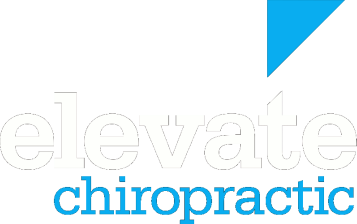
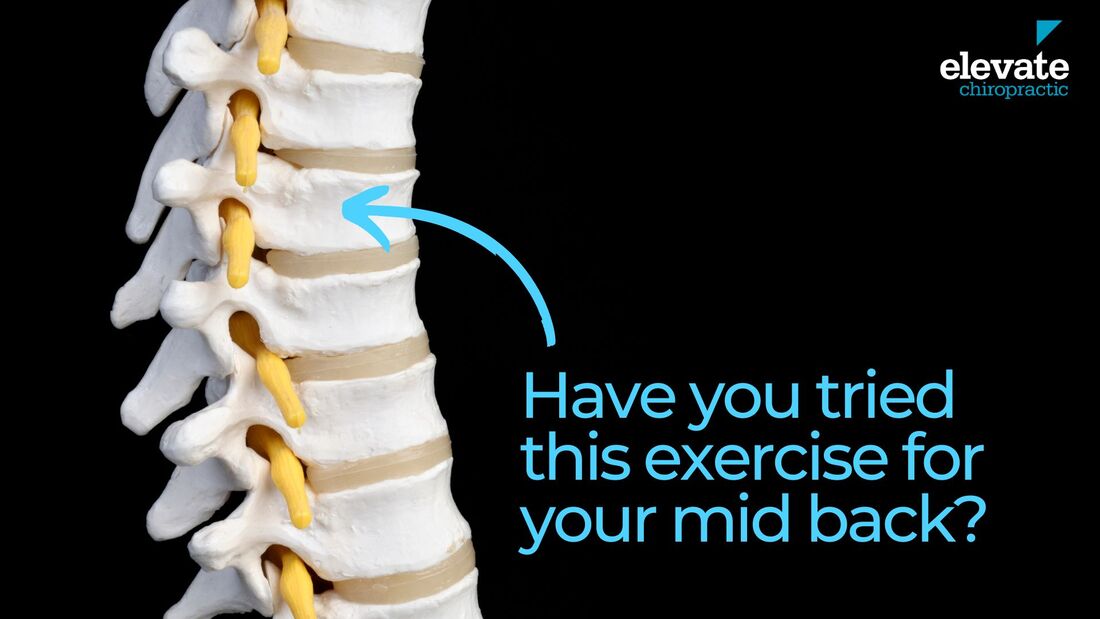
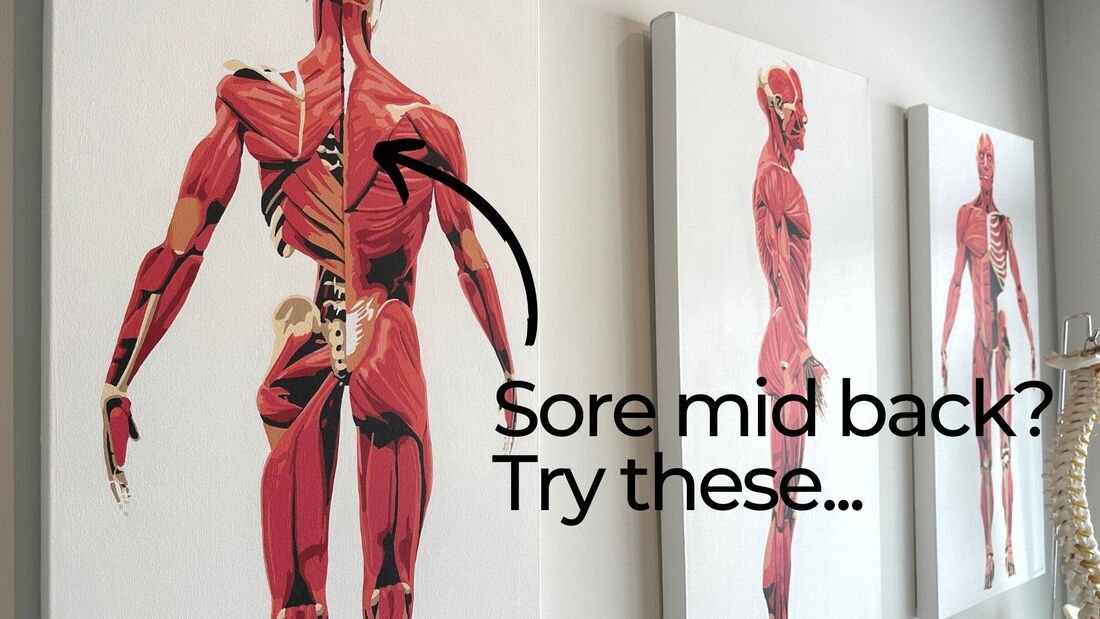
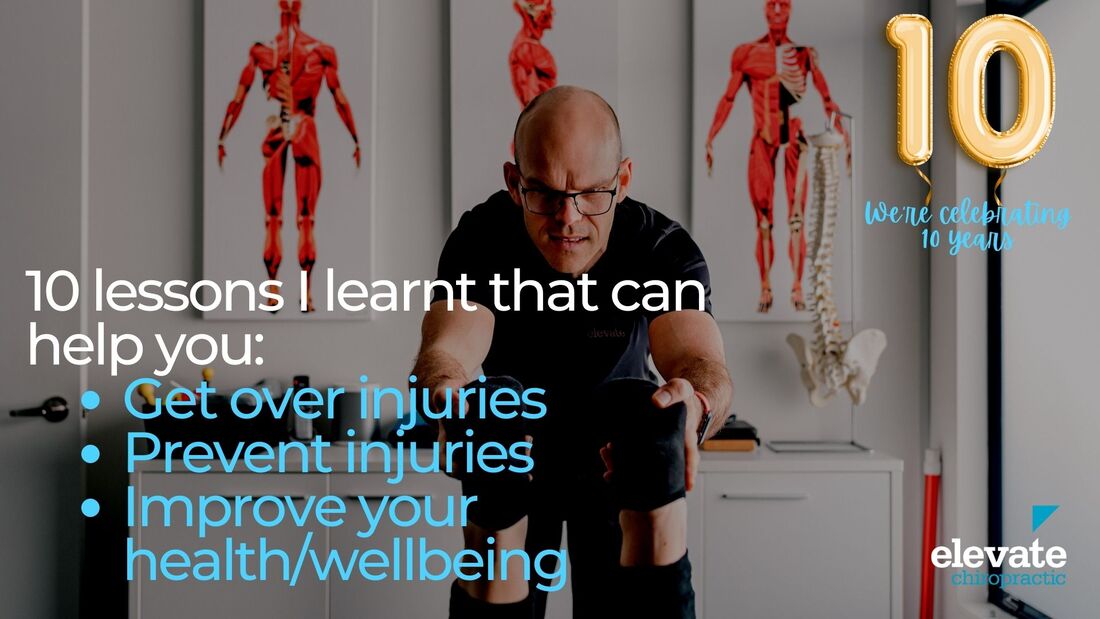
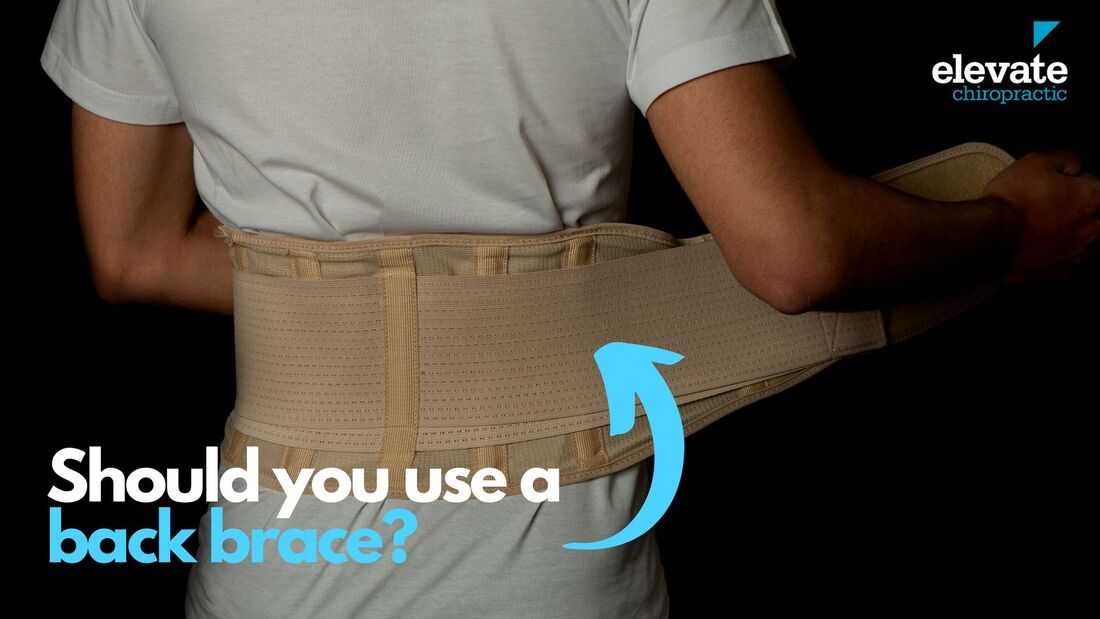
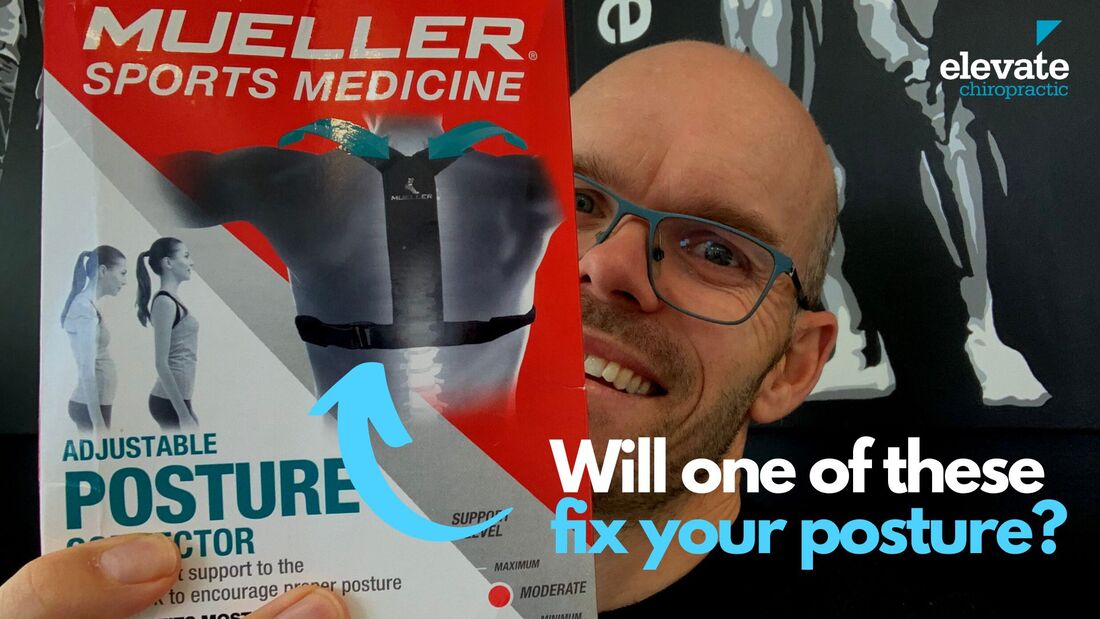

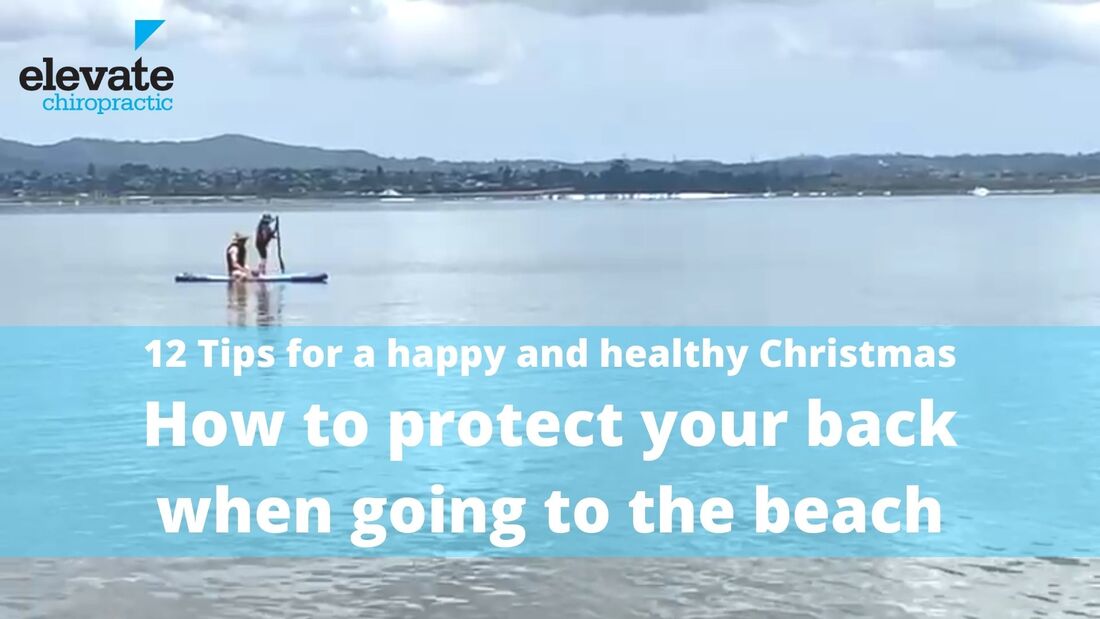
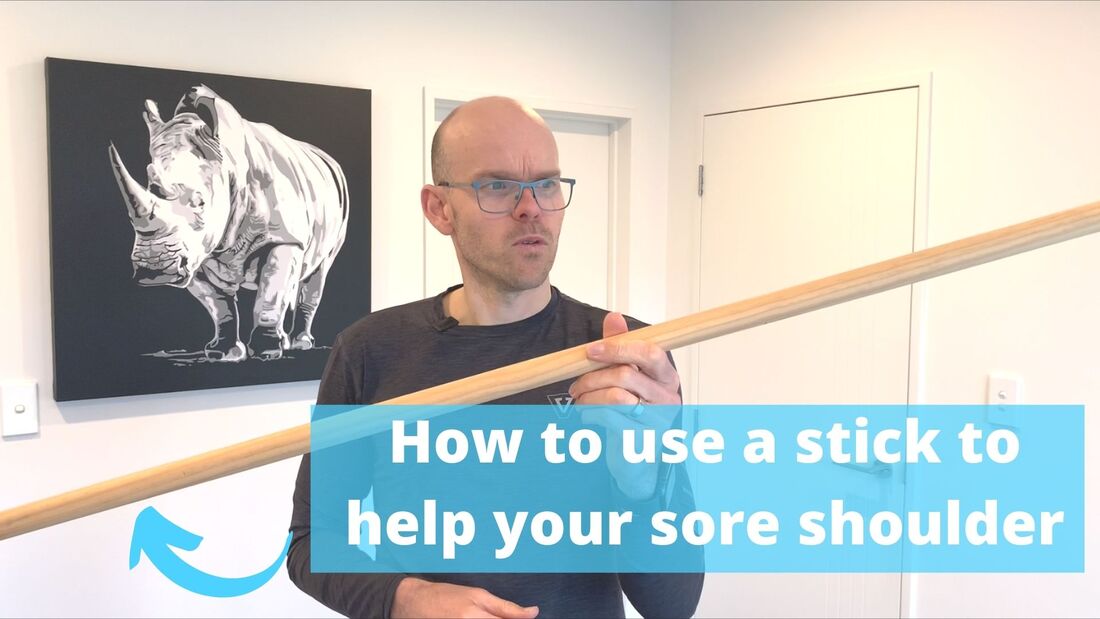
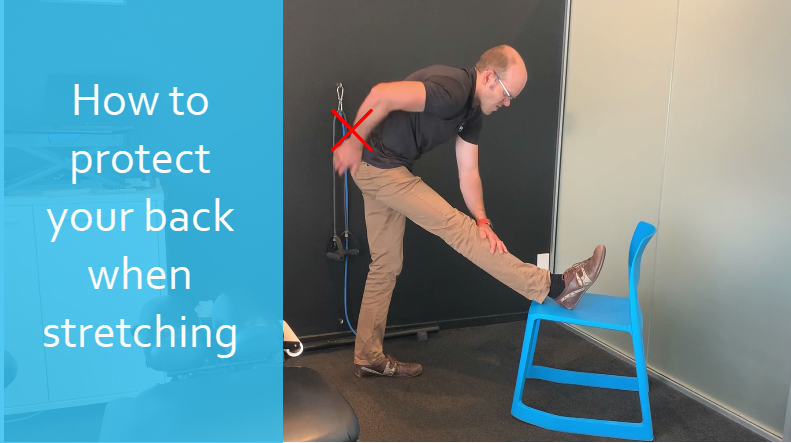
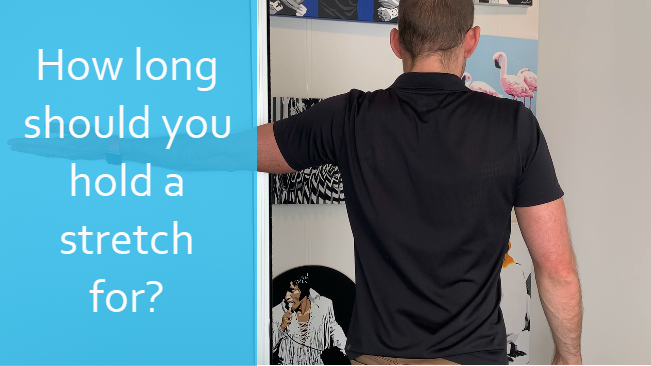
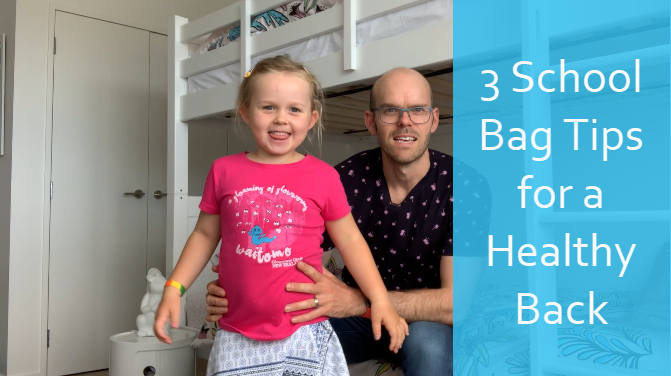
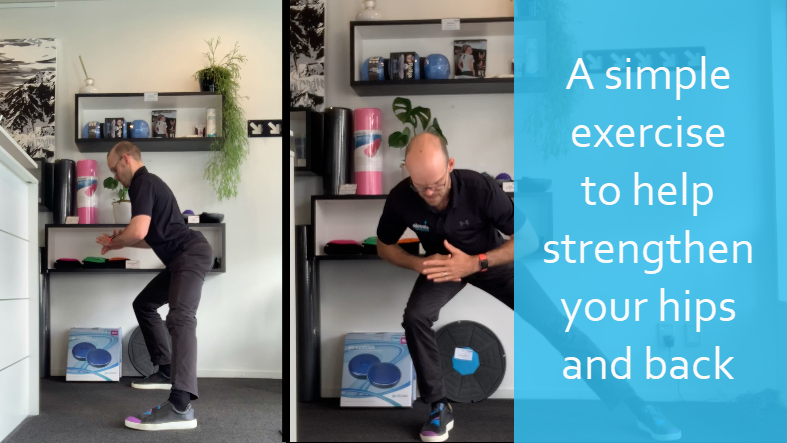
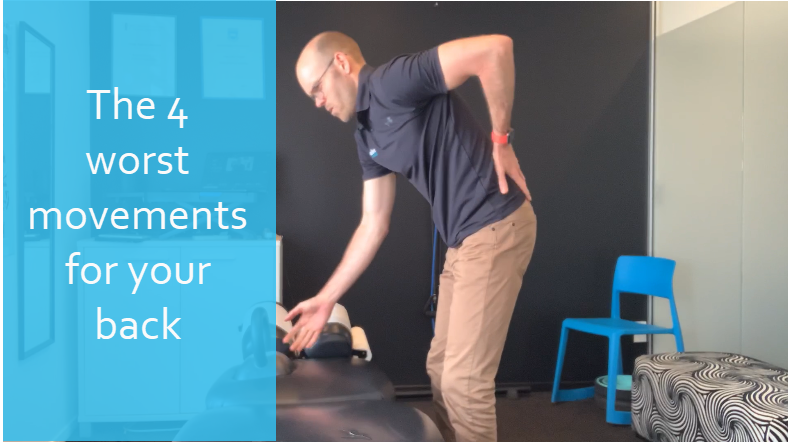
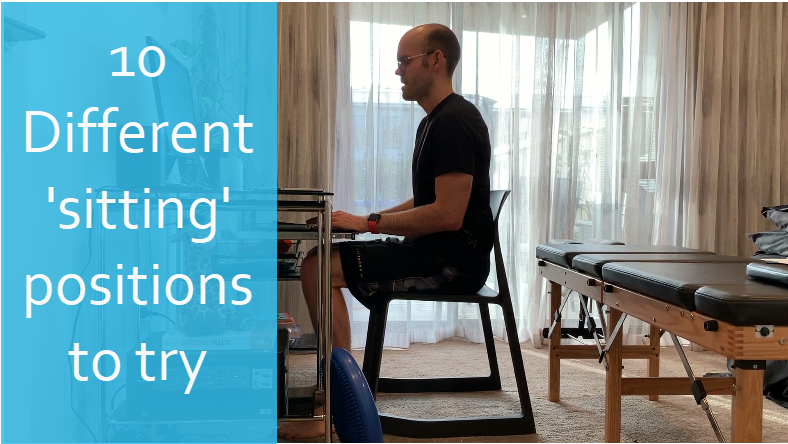
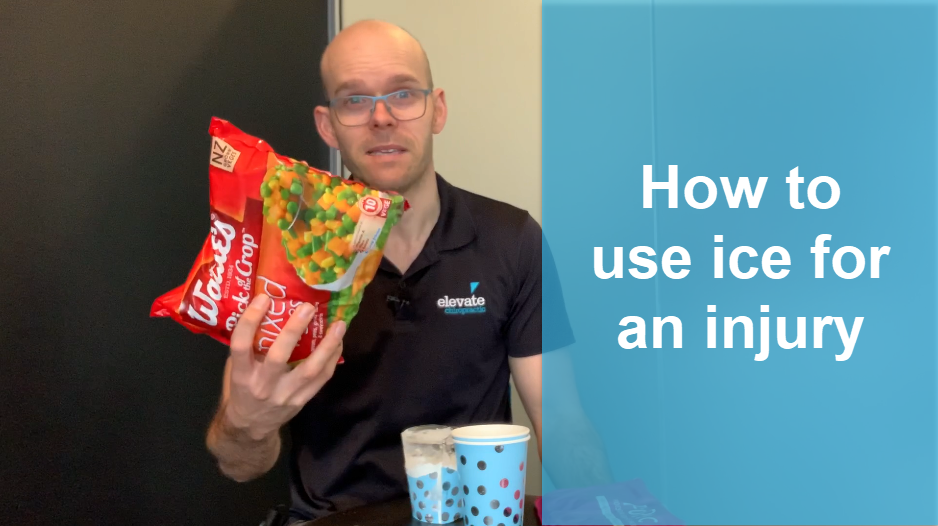
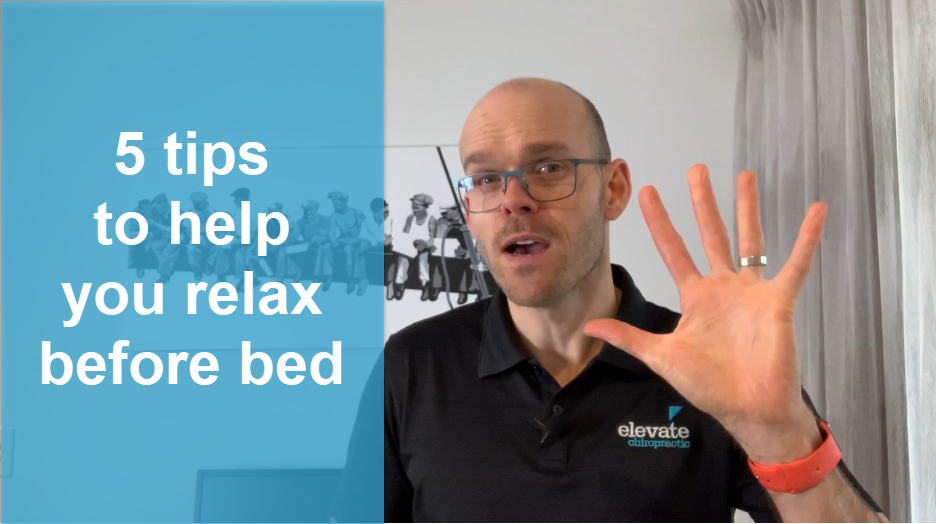
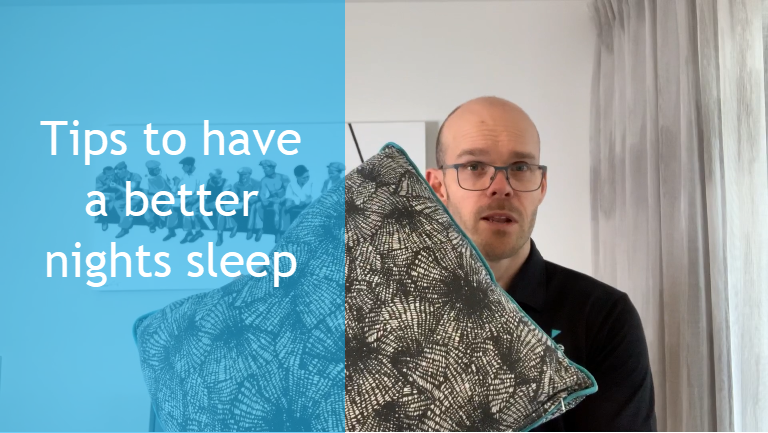
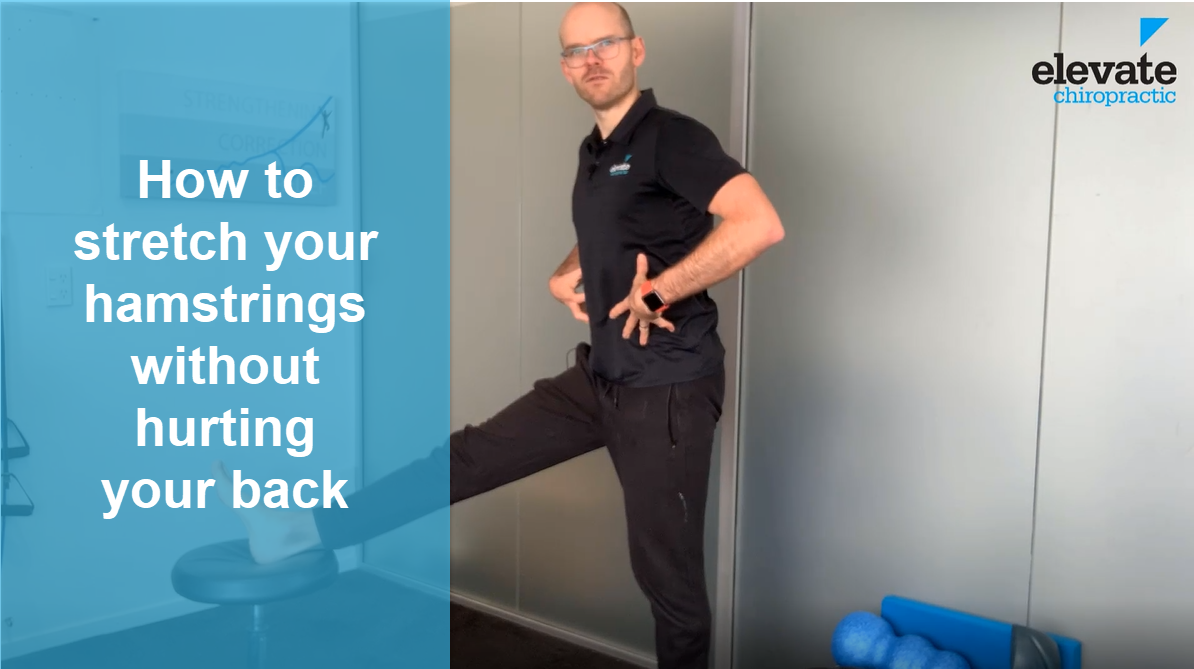
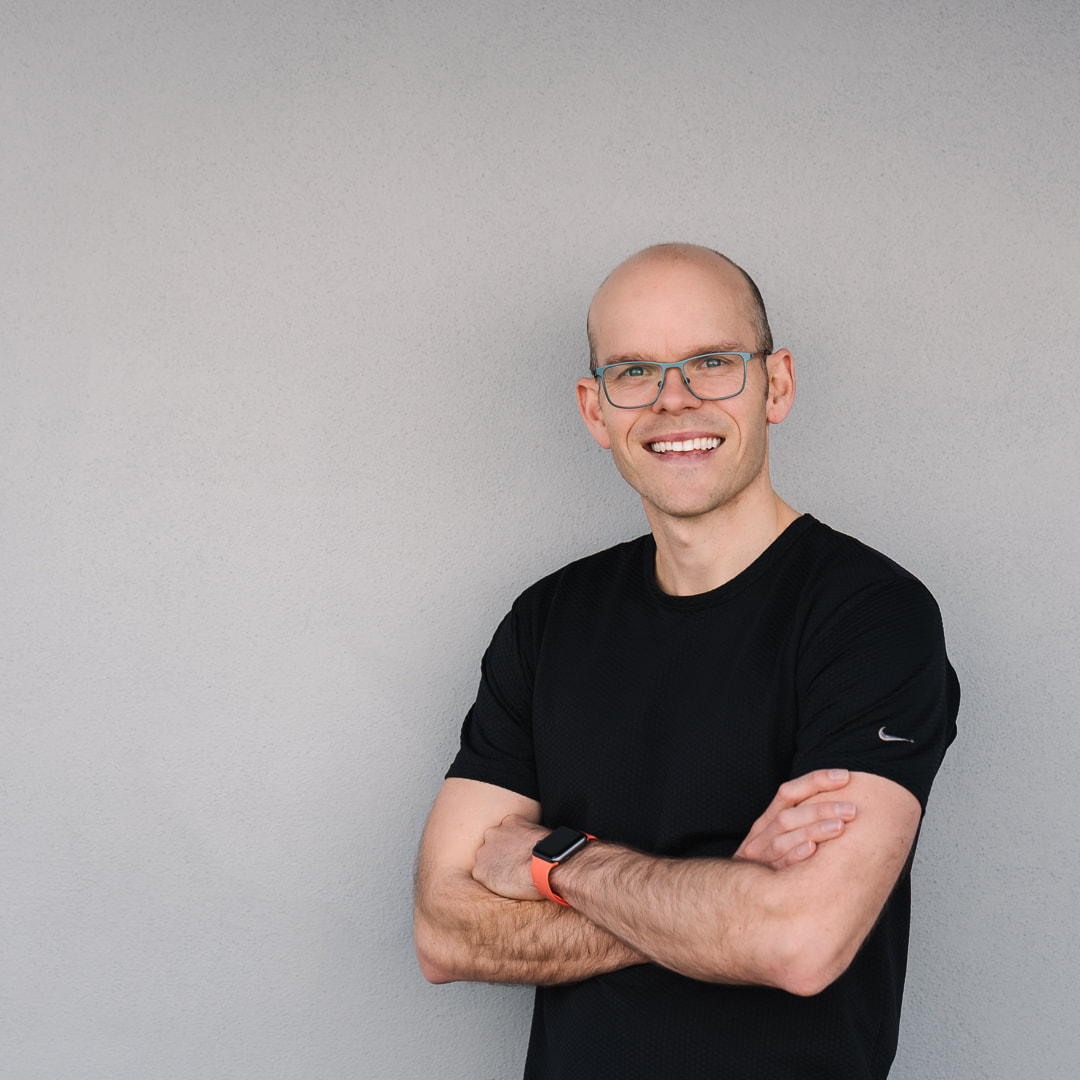

 RSS Feed
RSS Feed


